Fertilizing your lawn is key to keeping it lush, green, and healthy, but doing it the wrong way can lead to burnt grass, wasted money, and even environmental damage. Many homeowners make common fertilizing mistakes that can weaken their lawn instead of improving it.
In this article, we cover 13 things you should never do when fertilizing your lawn. From using the wrong type of fertilizer to applying it at the wrong time, these tips will help you avoid costly errors and achieve a thriving, beautiful lawn all season long.
Using Too Much Fertilizer

Applying excessive fertilizer can scorch your grass, leading to unsightly brown patches. The temptation to overapply in hopes of a greener lawn is common, but restraint is key. It’s crucial to follow the recommended application rates on the product label. An excess of nutrients can leach into waterways, causing environmental harm. Proper measurement tools can help maintain the balance your lawn needs. Consider the long-term health of your lawn rather than short-term gains. A soil test can reveal what nutrients are necessary, helping you avoid the common pitfall of over-fertilization.
Fertilizing During Drought
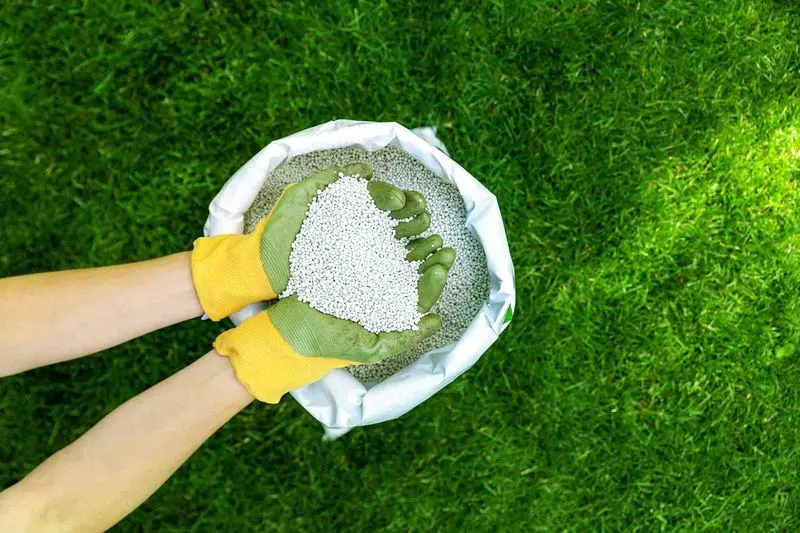
When your lawn is stressed from drought, adding fertilizer is one of the worst things you can do. Fertilizers require moisture to be absorbed by the grass roots effectively. In dry conditions, these nutrients can sit on top of the soil and cause more harm than good. Instead, focus on watering your lawn adequately before applying any fertilizers. Prioritize the well-being of your grass by understanding the best time to fertilize, which is typically during the growing season when moisture is more abundant. This ensures your efforts yield the lush results you desire.
Ignoring Soil pH Levels
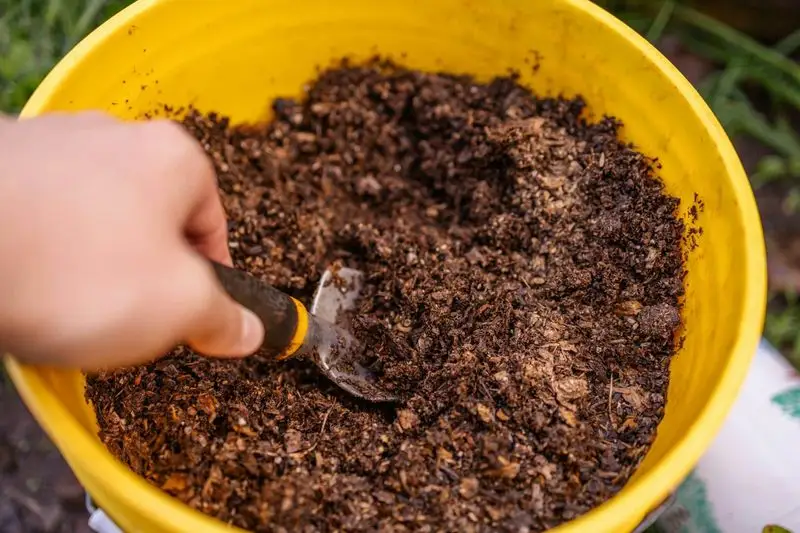
Soil pH is a critical factor in how well your lawn can absorb nutrients. Ignoring it can lead to ineffective fertilization, wasting both time and money. Most grasses thrive in slightly acidic to neutral pH levels, typically between 6.0 and 7.0. Before applying any fertilizer, conduct a soil pH test. If your soil is too acidic or too alkaline, your grass may struggle to absorb nutrients regardless of how much fertilizer you use. Adjusting the pH with the appropriate amendments can make a significant difference in the effectiveness of your fertilization efforts.
Using the Wrong Fertilizer Type

Selecting the wrong fertilizer for your grass type can undermine your lawn care efforts. Each type of grass has specific nutrient needs, and using a one-size-fits-all approach may not yield the best results. Familiarize yourself with whether your grass is cool-season or warm-season, as this will guide your fertilizer choice. Some fertilizers are designed for quick release, while others are slow-release, providing nutrients over time. Understanding your lawn’s specific needs can help you choose the appropriate fertilizer, ensuring healthy growth and minimizing waste. Knowledge is power, and this is especially true in lawn care.
Failing to Water After Fertilizing
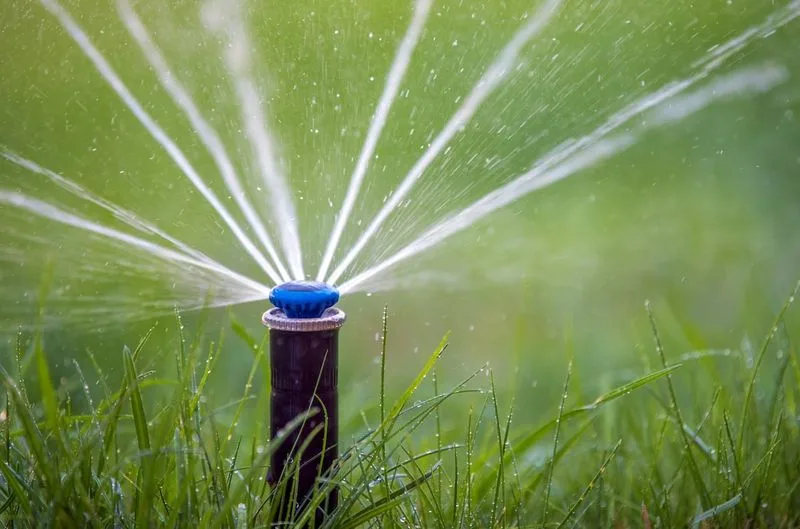
Watering immediately after applying fertilizer is crucial for its absorption and effectiveness. Without adequate water, fertilizer granules can remain on the surface, potentially burning the grass and becoming less effective. Ensure your lawn receives a good soaking post-application to help the nutrients reach the root zone. This practice not only aids in nutrient uptake but also prevents runoff that can harm the environment. Timing your watering can make a big difference, so aim to fertilize before a predicted rain or early in the morning when evaporation rates are lower.
Applying Fertilizer to Wet Grass
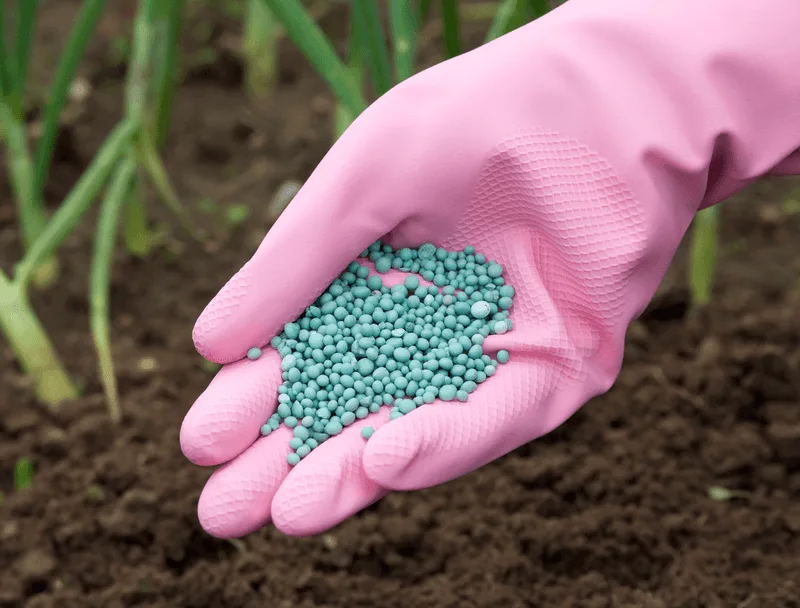
Fertilizing wet grass can cause uneven distribution and increase the risk of burning. The dampness makes fertilizer stick to the blades, which can lead to clumping and impede proper penetration into the soil. Wait until your grass is dry to ensure even distribution and minimize the risk of damage. Morning applications are ideal after the dew has dried, allowing for even coverage. By being mindful of grass conditions, you can enhance the effectiveness of your fertilization efforts and promote a healthier lawn. This small adjustment can yield significant results in lawn health over time.
Skipping Fertilizing Schedule
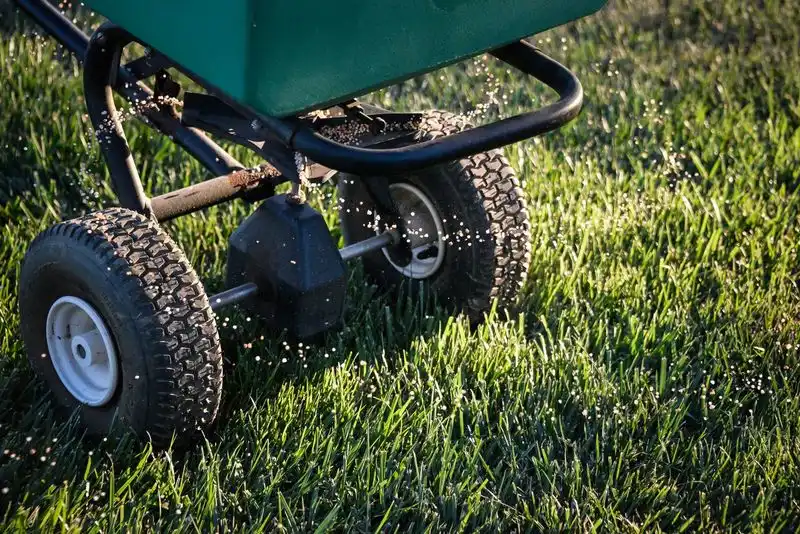
Consistency is key when it comes to fertilizing your lawn. Skipping scheduled applications can lead to nutrient deficiencies and uneven growth. A regular fertilizing schedule tailored to the season and grass type helps maintain optimal health and appearance. Document your fertilization plan to avoid missing applications, which can set back your lawn’s progress. Seasons change, and so do nutrient needs, making it essential to stay on top of your schedule. By keeping track, you ensure your lawn remains vibrant and resilient against environmental stresses.
Using the Same Fertilizer Year-Round
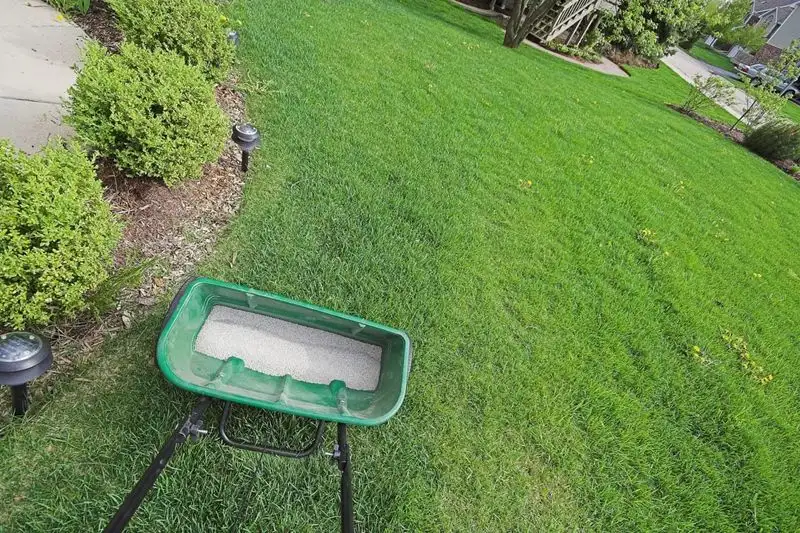
The needs of your lawn change with the seasons, and using the same fertilizer year-round can lead to imbalances. Different growth stages require different nutrients, and failing to adjust can hinder your lawn’s performance. Seasonal fertilizers are designed to cater to these changing needs, ensuring your grass gets what it needs when it needs it. Rotate your fertilizer types according to the season to support healthy growth cycles. Recognizing and adapting to these changes maximizes the effectiveness of your lawn care regimen.
Applying Fertilizer Unevenly
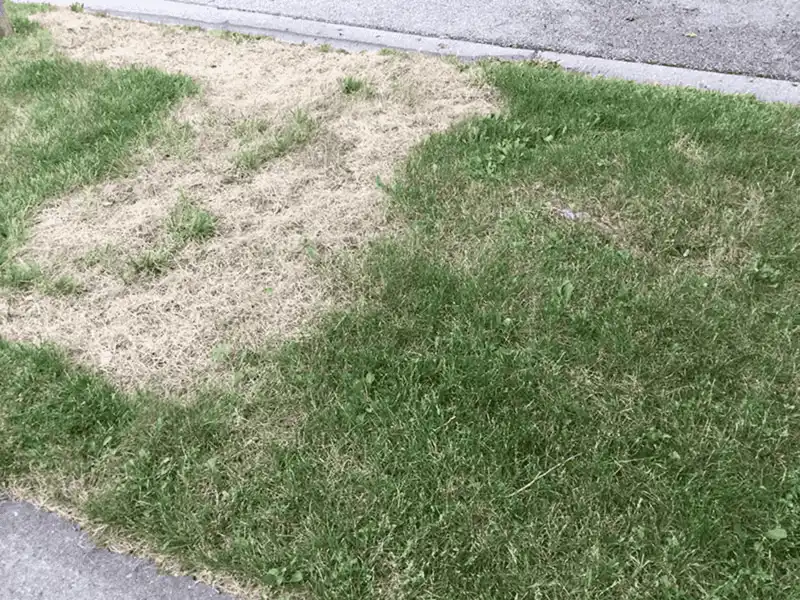
Uneven fertilizer application results in patchy growth, detracting from your lawn’s overall appearance. Using a spreader can help distribute fertilizer evenly across your lawn. Calibration of your spreader is vital to ensure correct distribution and avoid over- or under-fertilization. Practice makes perfect, so if you’re new to using a spreader, take the time to familiarize yourself with it before applying. Consistency in application translates to consistency in growth, making it a worthwhile investment in time and effort for a beautifully uniform lawn.
Not Reading Fertilizer Labels
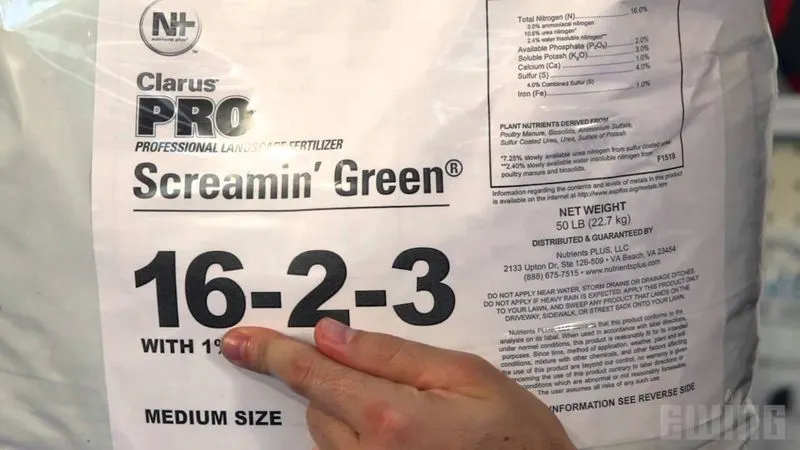
Fertilizer labels contain critical information about application rates, timing, and safety precautions. Overlooking these details can result in improper application and potential harm to your lawn. Take the time to thoroughly read and understand the instructions on each product. This ensures you’re using the right amount and method for your specific lawn care needs. Understanding the label also helps you make informed choices about the best products for your grass type and seasonal conditions. Investing a few moments in reading can prevent costly mistakes.
Ignoring Local Regulations

Local regulations often dictate what kinds of fertilizers can be used and when they can be applied. Ignoring these rules can lead to penalties and environmental harm. Check with local authorities or extension offices to understand any restrictions in your area. Compliance not only helps avoid fines but also supports community efforts to protect local waterways and ecosystems. Being informed about local laws is an important part of responsible lawn care. This ensures your practices are both effective and environmentally sustainable.
Fertilizing Close to Water Sources

Applying fertilizer near water sources such as ponds or streams can lead to nutrient runoff, affecting aquatic ecosystems. To prevent this, maintain a buffer zone of unfertilized grass near any water bodies. This practice helps protect the environment and aligns with many local environmental guidelines. Nutrient runoff can cause algal blooms, which deplete oxygen in water and harm aquatic life. Being mindful of your surroundings and the impact of fertilization ensures your efforts in lawn care do not come at the cost of local biodiversity.
Ignoring Lawn Aeration Before Fertilizing
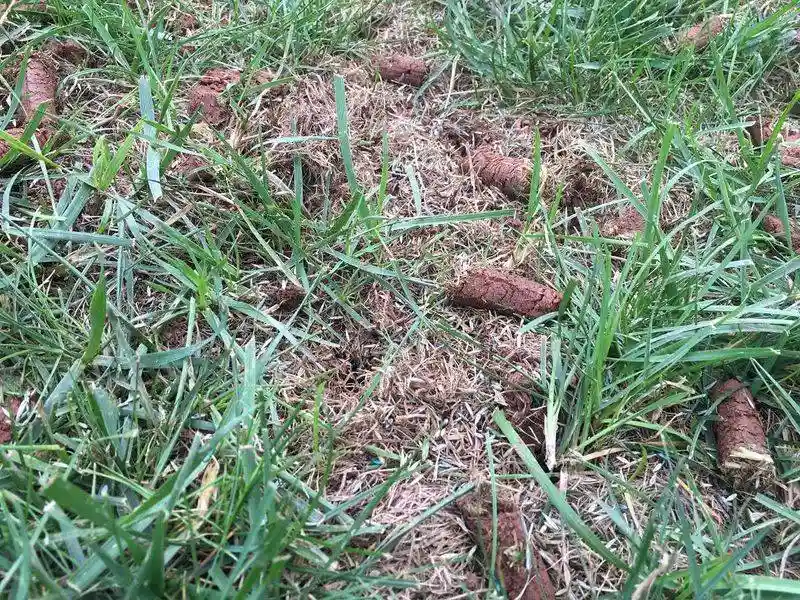
Compacted soil hinders the movement of air, water, and nutrients to the grass roots. Aerating your lawn before fertilizing can significantly enhance these processes. By perforating the soil, you allow essential elements to reach deep into the root system. This pre-fertilization step promotes healthier, more robust grass. Aeration is particularly important for high-traffic areas where soil compaction is more likely. Scheduling aeration before your fertilizer application ensures that nutrients are absorbed efficiently, maximizing the effectiveness of your lawn care efforts.

